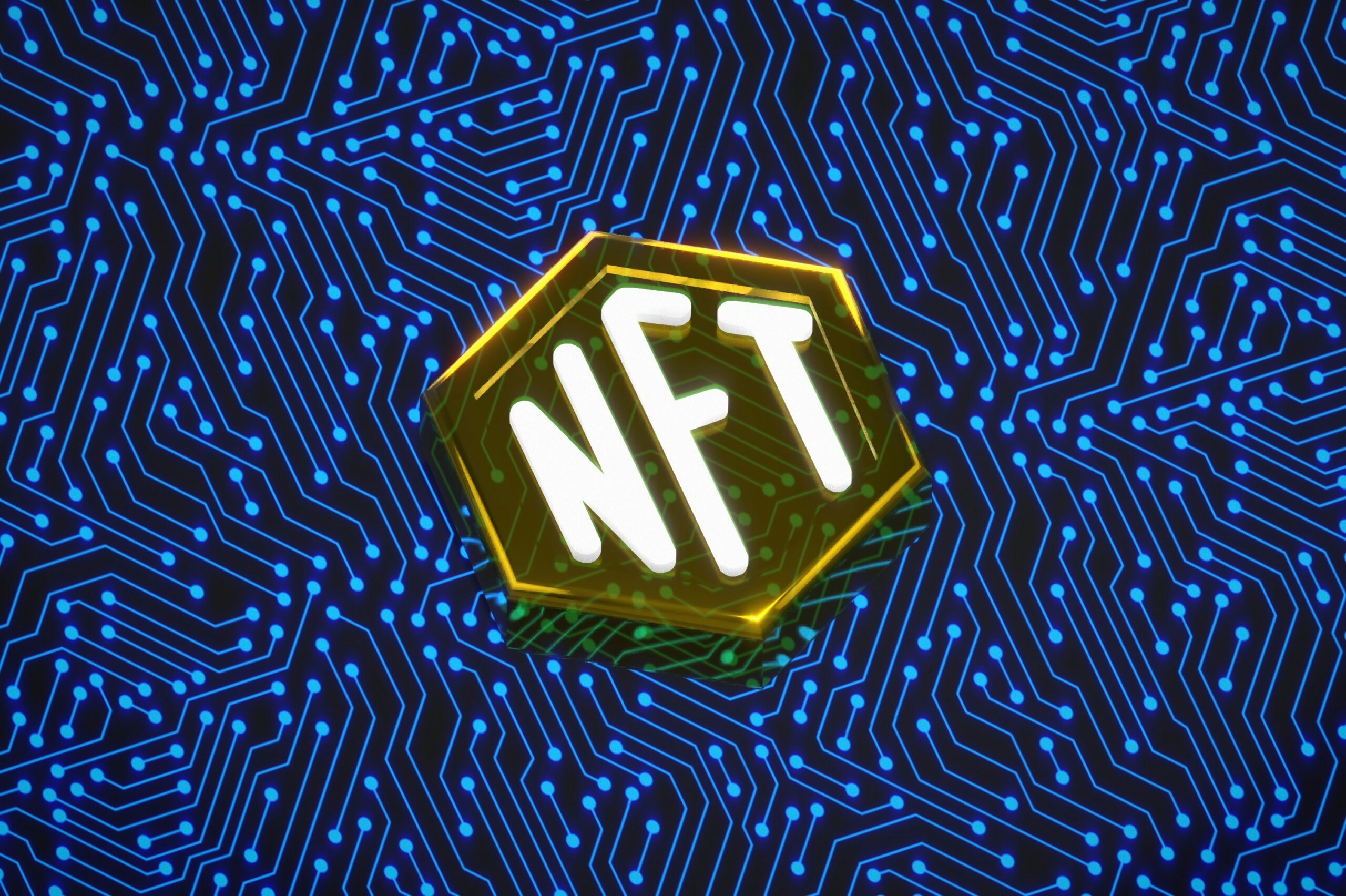Web3 Gaming: The Future of Play-to-Earn & Metaverse
NFTs, like cryptocurrencies, are widely used in blockchain-based games to support the in-game economy and enable players to earn. Many games have emerged in recent years, such as CryptoKitties, Axie Infinity, and The Sandbox, which employ the Play-to-Earn (P2E) model, allowing players to earn crypto by completing various tasks within the game.
The Sandbox, for example, uses NFT technology to represent digital pieces of land within its metaverse ecosystem, which players can trade or monetize to earn crypto. Currently, The Sandbox is one of the dominant blockchain games, with a market capitalization of around $944 million. Its NFTs, also known as LAND (ERC-721 tokens), are available not only on The Sandbox marketplace but also on top NFT marketplaces such as OpenSea. Similarly, many other P2E games list their NFTs on multiple NFT marketplaces, increasing the accessibility of in-game assets, which indirectly fuels the growth of these games.
The inclusion of NFTs in blockchain games offers several benefits:
- Ownership & Trading – Players can trade in-game assets both inside and outside the game, providing multiple ways to earn crypto, which means users fully own their assets.
- Security & Transparency – Blockchain technology ensures that in-game assets (represented by NFTs) are secure and immutable, preventing fraud or hacks.
According to Business Research Insights, the global Play-to-Earn NFT Games Market size is estimated to be USD 1.35 billion in 2024 and is expected to reach USD 6.32 billion by 2032. Studies indicate two primary reasons behind this market expansion:
- P2E games and their financial incentives attract a large online audience.
- P2E games offer financial benefits to both players and developers.
As crypto adoption and awareness of financial opportunities grow, the popularity of P2E NFT games continues to rise.
NFT Marketplaces & Trading: A new Era of Digital Finance
NFTs now enable digital artists to monetize their work for a broader crypto audience by utilizing NFT marketplaces. Similarly, music artists can also sell their music minted as NFTs to earn from their work. Any artwork can be tokenized as an NFT, listed on NFT marketplaces, and traded on the blockchain. The conventional method of selling artwork, where artists would upload their art on print-on-demand websites and rely on sales commissions for revenue, had several problems. For example, digital art could be copied, screenshotted, and its trade relied on third-party payment networks like PayPal, which charged high fees. However, NFT technology allows tokenization of artwork and stores records on the blockchain, eliminating the need for middlemen like PayPal, providing proof of ownership, and offering unique benefits like royalties for artists.
OpenSea is a popular NFT marketplace that lists various types of NFTs, including art, gaming, photography, and music. Many NFTs minted as artwork have a limited supply and can be resold at a higher value in the future. For example, early buyers of CryptoPunks NFTs resold them for millions. These digital assets now come with multiple incentives, improving their utility. Some NFTs provide access to exclusive communities, VIP event passes, or in-game assets, further increasing their value in the digital economy.
NFTs in Real Estate: Tokenizing Property Ownership
NFT physical real estate is an emerging technology that integrates NFTs and blockchain with real-world assets. Blockchain enables the tokenization of physical properties as NFTs, allowing anyone to purchase land by simply buying an NFT. Ownership is securely stored and verifiable on the blockchain, eliminating the need for third-party intermediaries and providing unprecedented security for assets.
In 2022, a home in Florida was sold as an NFT for $653,000, with the transaction facilitated by Propy, a blockchain real estate startup. NFTs also enable the fractionalization of physical properties, allowing investors to buy portions of real estate instead of entire properties. RealT is a popular platform that allows investors to purchase fractions of rental properties in the U.S. using NFTs, enabling them to earn passive income.
Unlike traditional real estate, which relies on third-party intermediaries like real estate agents and paperwork, NFT real estate operates through blockchain technology and smart contracts that automate transactions, reducing costs and making real estate trading more efficient. This also increases liquidity, allowing anyone with a crypto wallet to invest in physical properties.
Another major advantage is global accessibility—anyone can invest in real estate worldwide by purchasing NFTs that represent ownership of physical properties.
NFTs in Gaming: Enhancing in-Game Economies
In traditional games, players can purchase various in-game assets to enhance their gaming experience. However, these assets are locked within the game, and players do not fully own them, as developers can delete accounts or remove these items at any time. In contrast, blockchain games tokenize in-game assets as NFTs, meaning they can be traded within or outside the game, and players have full ownership since the ownership record is stored on the blockchain. Players can also sell these NFTs on marketplaces such as OpenSea to earn money.
As discussed earlier, games like The Sandbox allow players to trade virtual land NFTs with other players within the game or on OpenSea. This feature has attracted many investors into virtual real estate, as these digital properties are monetizable within the game’s metaverse ecosystem. Decentraland offers a similar concept, enabling players to buy, sell, or rent virtual land represented as NFTs and even host events on their land.
Game developers generate revenue through NFT sales, transaction fees within the game, and subscriptions. Recently, some projects have been working on cross-game assets, allowing players to use or trade NFTs across multiple games or virtual worlds.


